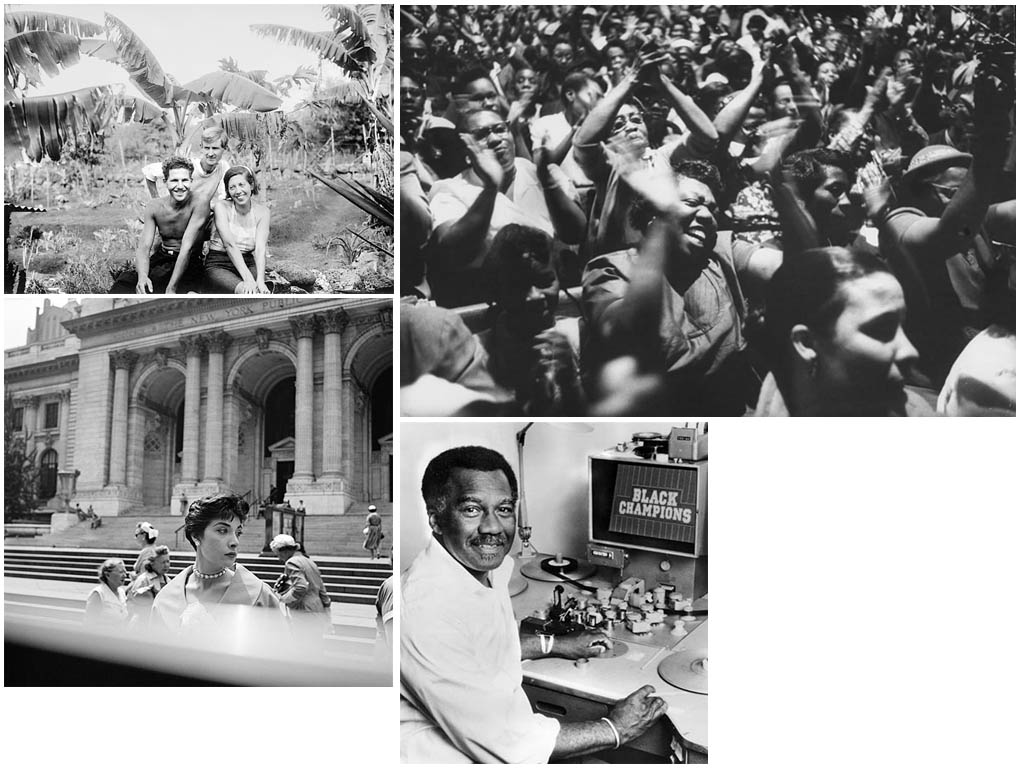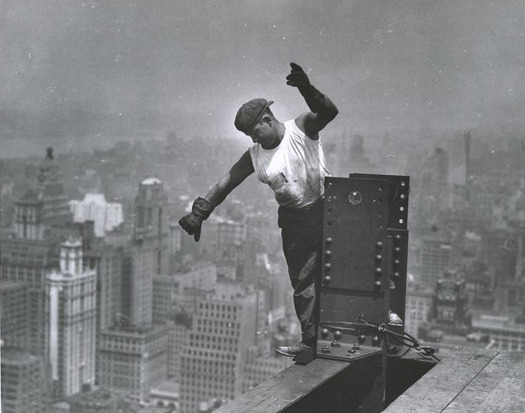The actual term ‘documentary’ was originally used by the English philosopher Jeremy Bentham in the early 19th century but as a reference within visual culture it was British film maker, John Grierson who famously in 1926 in a review of a film by Robert Flaherty about Polynesian youth, described the film as having ‘documentary value.’


The birth of documentary as a popular form is clearly linked historically to the development of print technology and the proliferation of large-scale mass press in the 1920s and 30s of popular illustrated photo magazines and publications such as Life Magazine in the USA, Picture Post in Britain, Vu in France, Illustrierte in Germany, Drum in South Africa and many others.


These magazines which were based on the extensive use of photographs to tell stories to the needs of a newly literate urban population constitutes the start of the modern movement of photojournalism.


This new breed of photographers were the ones ‘out there’ bringing photographs home – a reporter of everyday life who supplied the pictures for this growing market.
Early Documentary Photography

By the time of the Civil War, the daguerreotype and other modernized equipment had entered the realm of middle-class consumer culture and established a popular follow up, often to the dismay of photographers promised and dedicated to uphold photography as an art form. Documentary photography developed during this period and was often consigned by art critics to become the new era of journalism, an association that persists to the present.
This consignment implied that documentary photographers were mere recorders, skilled technicians to be sure, but passive observers of the social scene but not wanted as the depiction of an artist. Documentary photographers accepted this characterization in order to burnish the perceived realism of their imagery.

Photographers like Edward S. Curtis have valued the art of documenting society as a way of reflecting the cultures of the early American lifestyles. Since then, the bounding of events which happened throughout history have been recorded through the lenses of moral choice, a question which over time has been issued in modern documentary photography.
Modern Documentary Photography
Two urban photographers, Jacob Riis and Lewis Hine, took up the effort to explore the “wilderness” of the inner city and thereby establish documentary photography as a tool of social reform. Lewis Hine used his photographs as instruments in changing the Child Labor laws in the United States. This opened up a new generation of demoting world change in order for democracy to demure and relax the laws cared for by young, mostly migrant children.


Photographers now revive the impacts crisis have towards communities in order for the public to react in a debating and democratic way. Documentary photography is now a looking glass tool into the eyes of people fighting against these events in order for governments and large parties to make and ensure political change on that place, in order to cut back on any future deconstruct. For instance, Indian documentary photographer Abir Abdullah captured some of the victims following the floods in Bangladesh in early 2004.




Excellent blog post Flora. Keep up the good work!